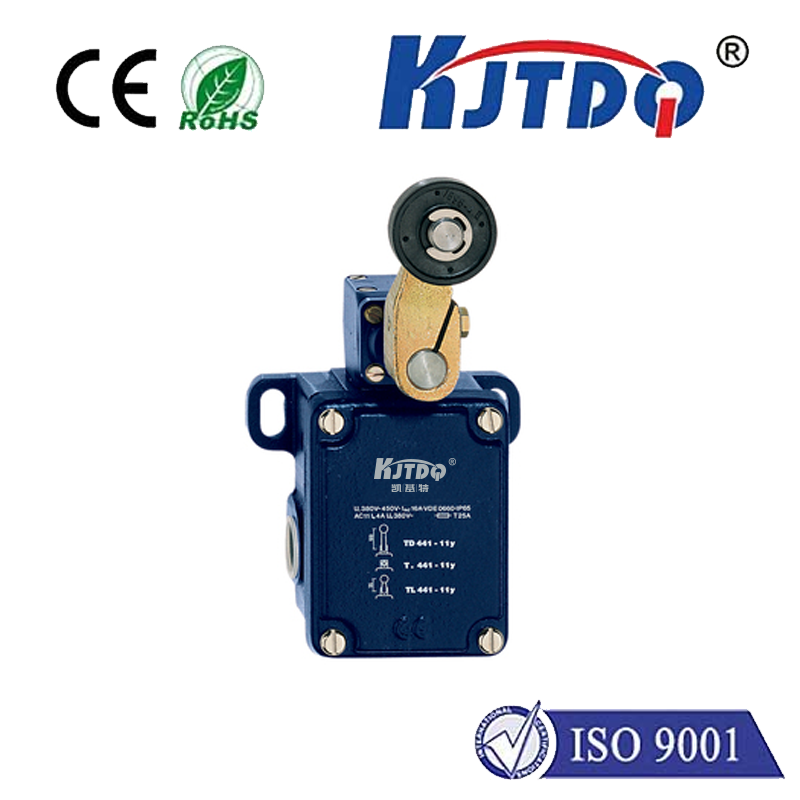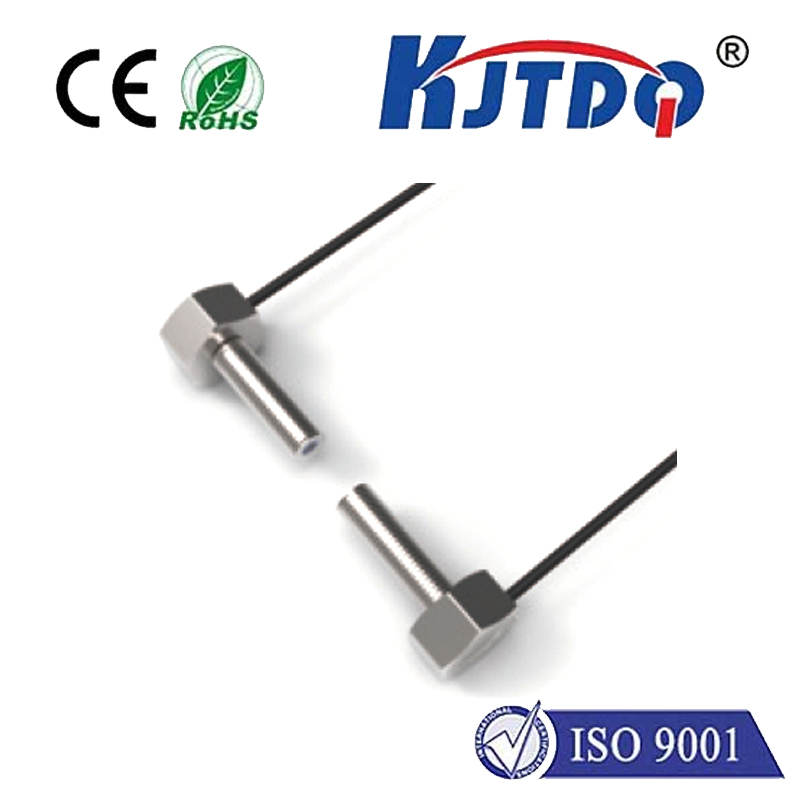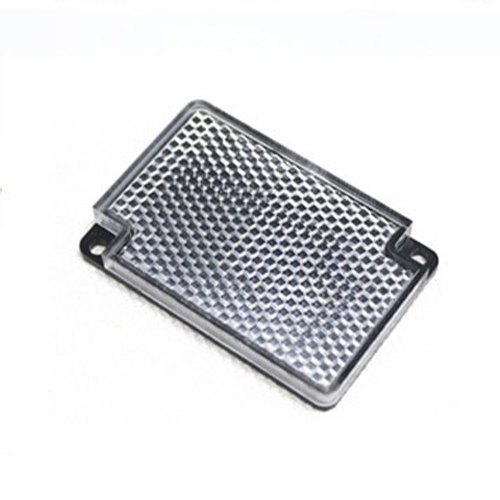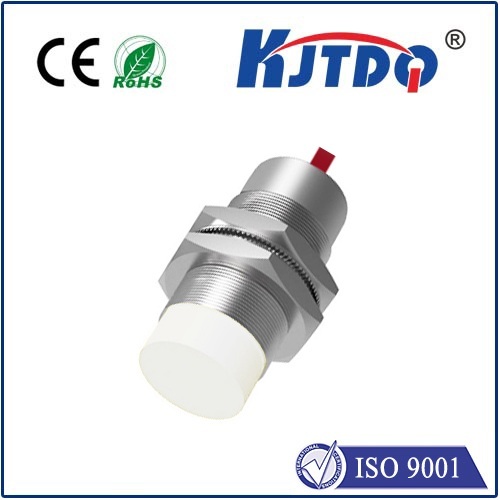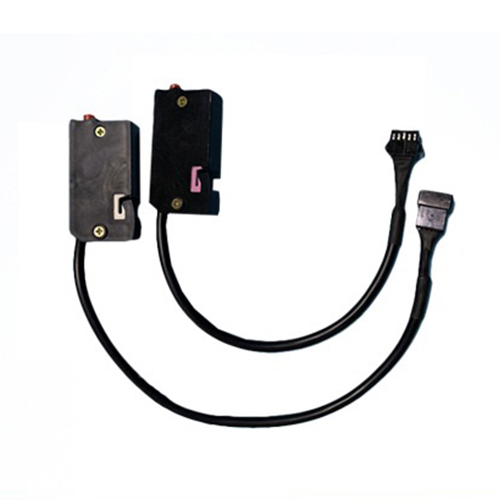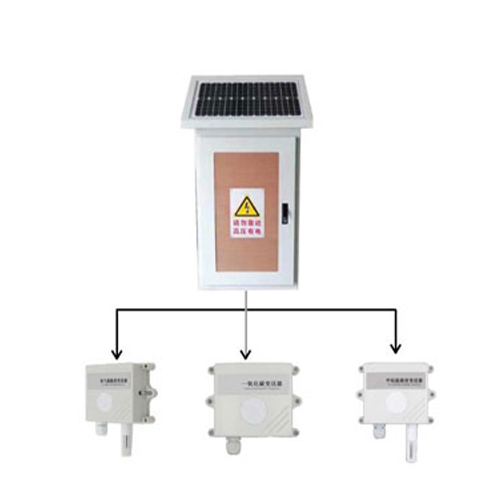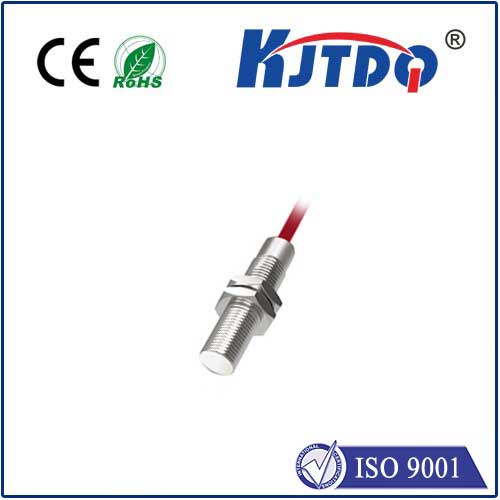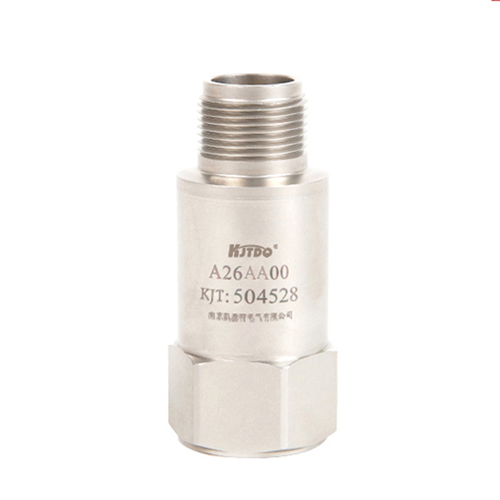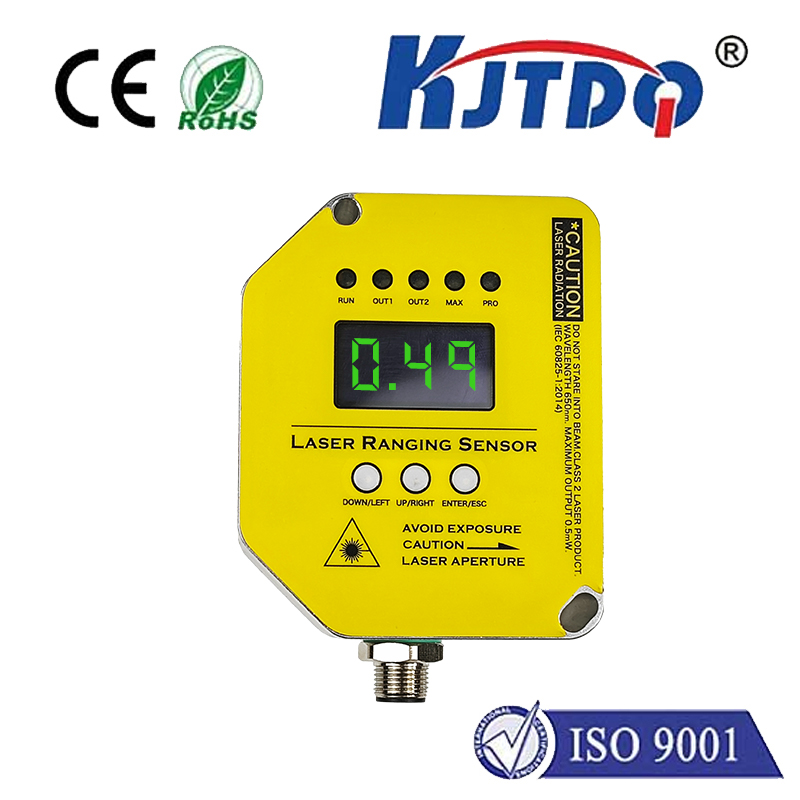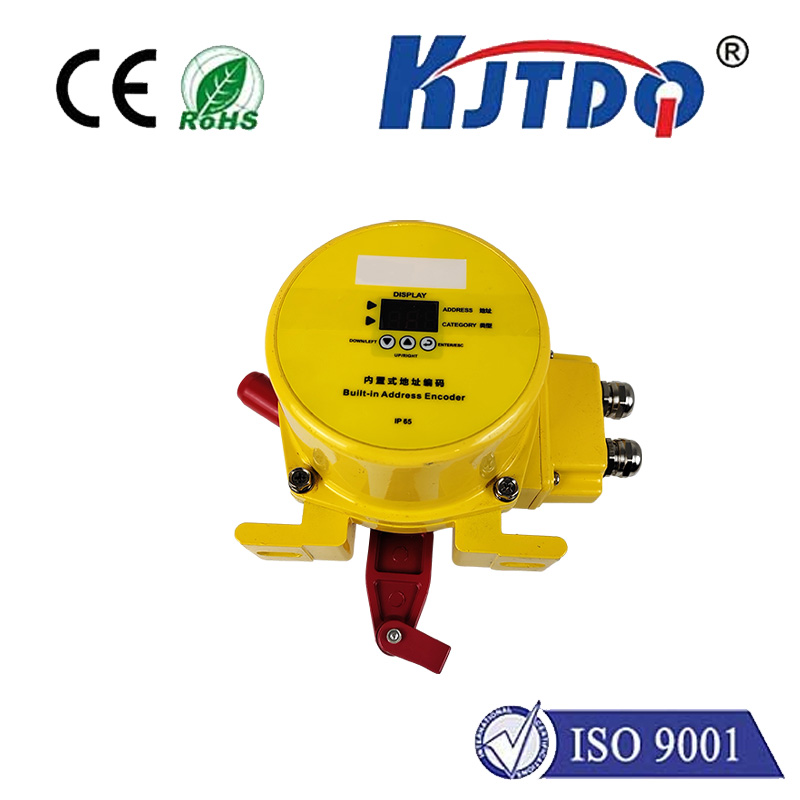retro reflective photoelectric sensor
- time:2025-07-23 12:03:47
- Click:0
The Power of Reflection: How Retro-Reflective Photoelectric Sensors Simplify Detection
Imagine automating a packaging line where boxes speed down a conveyor. You need an accurate, cost-effective way to detect each box, signal a robot arm, and ensure flawless operation, even in challenging lighting. This is where retro-reflective photoelectric sensors shine, offering a unique blend of reliability and simplicity that makes them indispensable across countless industries.
Unlike direct counterparts, retro-reflective sensors work on a fascinating principle of light redirection. The sensor itself houses both the light emitter (typically an LED) and the receiver. Instead of needing a separate receiver unit across the detection zone (like thru-beam sensors), it relies on a specialized retro-reflector, strategically placed opposite the sensor. Here’s the magic: this reflector is designed to bounce incoming light directly back along its original path to the sensor’s receiver, regardless of the reflector’s angle relative to the emitter, as long as it’s roughly facing the sensor.
Here’s the Core Operation:
- Emission: The sensor emits a beam of light (infrared, red, or laser) toward the retro-reflector.
- Reflection: The retro-reflector catches the light beam and efficiently sends it straight back to the sensor. The receiver within the sensor detects this strong, returned signal.
- Detection Logic: When the beam path is clear and the reflector is unobstructed, the receiver sees a strong light signal. The sensor interprets this as the “beam present” state – often meaning no target is detected in the sensing path.
- Interruption: When an object (the target) moves into the space between the sensor and the reflector, it blocks the light beam. The receiver no longer sees the bright returned signal, triggering the sensor to switch its output state. This change signifies target detected.
Why Choose Retro-Reflective Photoelectric Sensors?
This design delivers several compelling advantages:

- Simplified Installation: One of the biggest benefits. You only need to run wiring and mount one unit (the sensor head) and strategically position the inexpensive reflector. This contrasts sharply with thru-beam sensors, which require precise alignment of two separate units (emitter and receiver), potentially across long distances or complex machinery layouts. It significantly reduces installation time and complexity.
- Cost-Effectiveness: While requiring a reflector, the overall system cost is typically lower than a thru-beam setup, especially over long ranges, because you’re only purchasing one electronic unit and cabling for one device.
- Excellent Detection Range: Retro-reflective sensors offer substantially longer detection ranges compared to diffuse reflective sensors (which detect targets by bouncing light directly off them). The strong, directed return beam from the reflector allows sensing distances that can extend many meters, depending on the model.
- Improved Reliability: The powerful returned signal from the reflector provides high immunity to ambient light interference and dust compared to diffuse sensors. The signal-to-noise ratio is much more favorable.
- Reduced Alignment Hassles: Aligning one sensor unit to its reflector is generally far easier than precisely aligning two separate thru-beam units, especially over distance or in awkward spaces. While alignment is required for optimal performance, the retro-reflector’s forgiving nature makes it less finicky.
- Suitable for Diverse Targets: They effectively detect opaque objects that block the light beam. Issues can arise with highly transparent or very shiny objects, but for most solid materials, detection is robust.
Overcoming a Key Challenge: Shiny Targets & False Triggers
A potential pitfall with standard retro-reflective sensors involves shiny targets. Imagine a polished metal part passing through the beam. It could potentially reflect enough light directly back to the sensor’s receiver (like a mirror), mimicking the reflector’s signal even while blocking the path to the actual reflector. This would cause a false “no target” reading.
The Solution: Polarized Retro-Reflective Sensors
- Polarization Filter: These advanced sensors incorporate a polarization filter over the emitter lens. This filter causes the emitted light to vibrate in only one specific plane (e.g., vertically).
- Polarized Retro-Reflector: The corresponding reflector is also equipped with a unique feature: a corner-cube retro-reflector array. Critically, this reflector includes a quarter-wave retardation film.
- The Physics: As the polarized light passes through the retardation film on the reflector, its plane of polarization is rotated by 90 degrees (e.g., from vertical to horizontal).
- The Smart Receiver: The sensor’s receiver also has a polarization filter, but it’s oriented orthogonally (e.g., horizontally) to the emitter’s filter.
- How it Beats Shiny Objects:
- Legitimate Reflector Signal: The light beam travels to the reflector. The reflector’s retardation film rotates the polarization 90 degrees. The rotated beam (now horizontal) travels back. The receiver’s horizontal filter allows this correctly rotated light to pass through, and the sensor detects a strong signal (no target).
- Shiny Target Reflection: If a shiny target reflects light directly back (like a mirror), it does not rotate the plane of polarization. The reflected light beam retains its original polarization (e.g., vertical). The receiver’s filter (horizontal) blocks this light. The sensor detects a weak or absent signal, correctly interpreting it as a target blocking the beam.
Industrial Applications: Where Reliability is Key
Retro-reflective photoelectric sensors, especially the polarized variants, are workhorses in demanding environments:
- Conveyor Systems: Detecting boxes, cartons, pallets, bottles, or products for counting, positioning, jam detection, or triggering downstream equipment. Their long range and reliability are crucial for high-speed lines.
- Packaging Machinery: Verifying the presence of product before sealing, filling, or labeling. Ensuring lids are in place.
- Material Handling: Detecting vehicles (AGVs), pallets at loading docks, or monitoring gate positions.
- Automotive Manufacturing: Confirming part presence on assembly lines, robot positioning verification, door or hood open/close detection.
- Printing & Paper Processing: Detecting sheet presence, verifying web breaks, tracking edge guides.
- Access Control & Security: Monitoring gates or doors (detecting if open/closed), perimeter detection.
Selecting the Right Retro-Reflective Sensor
When choosing, consider:
- Range: Ensure the sensor’s specified detection range comfortably covers the distance to your reflector. Always factor in a safety margin.
- Target Properties: Are your targets potentially shiny? If yes, polarized retro-reflective is essential to avoid false triggers.
- Light Type: Infrared (IR) offers the best immunity to ambient light and longest range. Visible red is easier for alignment. Laser provides very precise, small spot detection.
- Output Type: NPN/PNP transistor outputs, analog outputs, or IO-Link communication? Choose based on your control system.
- Housing & Environment: IP rating for dust/water resistance, material (metal or plastic), temperature range, and resistance to chemicals or vibration must match the application setting.
Conclusion: The Reflective Advantage
By harnessing the unique properties of specialized reflectors and incorporating smart features like polarization filtering, retro-reflective photoelectric sensors deliver an optimal balance of performance, simplicity, and cost-effectiveness. Their ease of installation, long sensing range, and high immunity to interference make them the go-to solution for countless object detection tasks where reliability is paramount, solidifying their place as a cornerstone technology in modern automation and control systems.






